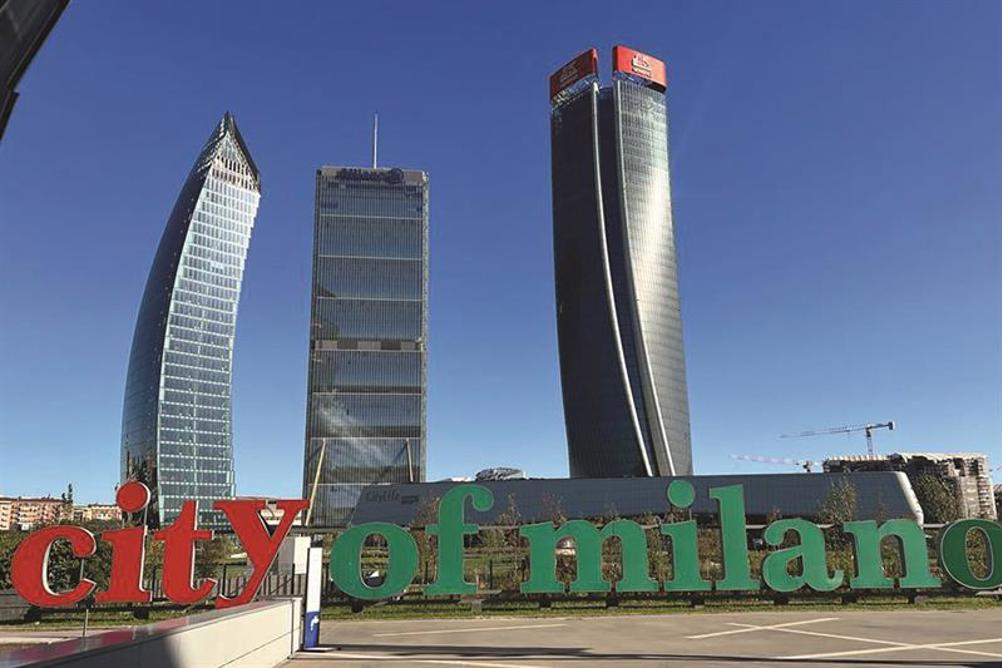
The 40th annual congress of the European Society of Cataract and Refractive Surgeons (ESCRS) was back to full size this year and the venue was the MiCo, Milan Convention Centre, one of the largest in Europe (figure 1). This year’s ‘hybrid’ conference also gave the option for attendees to attend virtually.
As in previous years, the Congress offered (almost 9,000) delegates a breathtaking choice of scientific and clinical content with plenty of networking opportunities for those excited about meeting up in person again. Formats included clinical research symposia, challenging cases sessions, clinical courses, free paper presentations, poster sessions (figure 2), practice development programmes and over 100 wetlabs. The exhibition halls (figure 3) enabled attendees to interact with over 200 exhibitors throughout the meeting and 25 industry sponsored sessions provided a chance for suppliers to update delegates on their latest offerings.
Register now to continue reading
Thank you for visiting Optician Online. Register now to access up to 10 news and opinion articles a month.
Register
Already have an account? Sign in here


